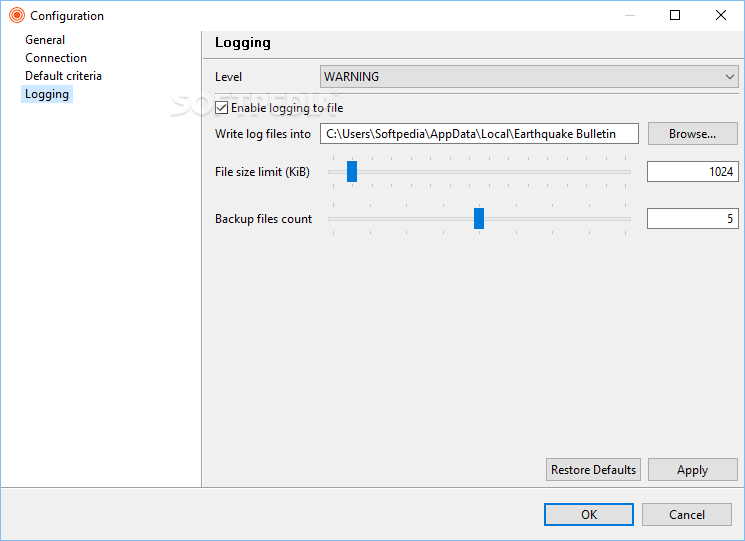

Earthquake nucleation on (aging) rate and state faults. Bulletin of the Seismological Society of America, 83(4), 1294–1297. On scaling relations for large earthquakes. Bulletin of the Seismological Society of America, 82(2), 1018–1040. Internal deformation due to shear and tensile faults in a half-space.

Scaling relations of source parameters of earthquakes occurring on inland crustal mega-fault systems. Murotani, S., Matsushima, S., Azuma, T., Irikura, K., & Kitagawa, S. Journal of Japan Association for Earthquake Engineering, 15–7, 141–156. Re-examination of scaling relationships of source parameters of the inland crustal earthquakes in Japan based on the waveform inversion of strong motion data. Loading mechanism and scaling relations of large interplate earthquakes. Annual Review of Earth and Planetary Sciences, 26(1), 643–696. Laboratory-derived friction laws and their application to seismic faulting. Bulletin of the Seismological Society of America, 100(5A), 1971–1988.

Earthquake fault scaling: Self-consistent relating of rupture length, width, average displacement, and moment release. Bulletin of the Seismological Society of America, 65(5), 1073–1095. Theoretical basis of some empirical relations in seismology. Recipe for predicting strong ground motion from crustal earthquake scenarios. Prediction of strong ground motions for scenario earthquakes. Geophysical Journal International, 169(2), 515–533. Statistical properties of seismicity of fault zones at different evolutionary stages. Journal of Geophysical Research: Solid Earth, 111(B1), B01403. Seismicity on a fault controlled by rate-and-state dependent friction with spatial variations of the critical slip distance. Bulletin of the Seismological Society of America, 104(5), 2604–2610. Bulletin of the Seismological Society of America, 92(5), 1841–1846. A bilinear source-scaling model for M–log A observations of continental earthquakes. Heterogeneous Coulomb stress perturbation during earthquake cycles in a 3D rate-and-state fault model. Regional difference in scaling laws for large earthquakes and its tectonic implication. Bulletin of the Seismological Society of America, 98, 1147–1161. Surface rupturing and buried dynamic rupture models calibrated with statistical observations of past earthquakes. Based on this physical insight, we propose a simplified formula to account for these effects in M0–A scaling relations for strike-slip earthquakes. We find that, even if stress drop is assumed constant, the properties of the transition regime are controlled by surface rupture effects, comprising an effective rupture elongation along-dip due to a mirror effect and systematic changes of the shape factor relating slip to stress drop.
#Lithuania earthquake bulletin crack
Here, we investigate the mechanical origin of this transition regime via earthquake cycle simulations, analytical dislocation models and numerical crack models on strike-slip faults. A scaling relation between seismic moment (M0) and rupture area (A) currently in use for ground motion prediction in Japan features a transition regime of the form M0–A2, between the well-recognized small (self-similar) and very large (W-model) earthquake regimes, which has counterintuitive attributes and uncertain theoretical underpinnings. Empirical earthquake scaling relations play a central role in fundamental studies of earthquake physics and in current practice of earthquake hazard assessment, and are being refined by advances in earthquake source analysis.


 0 kommentar(er)
0 kommentar(er)
